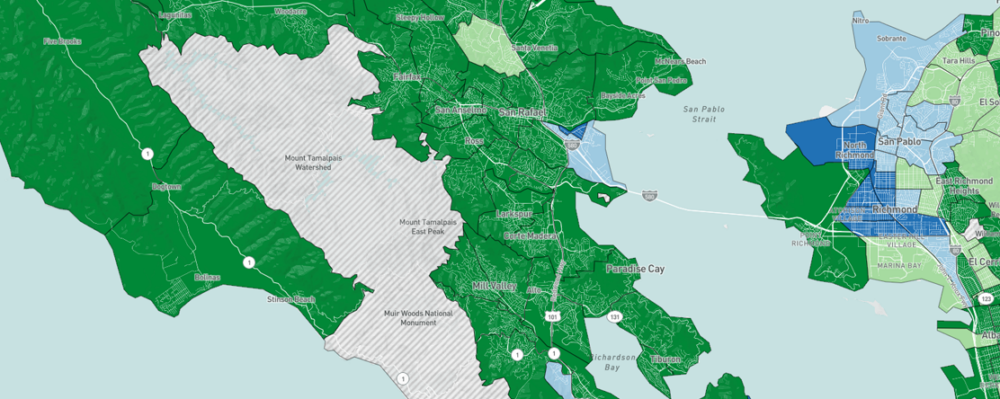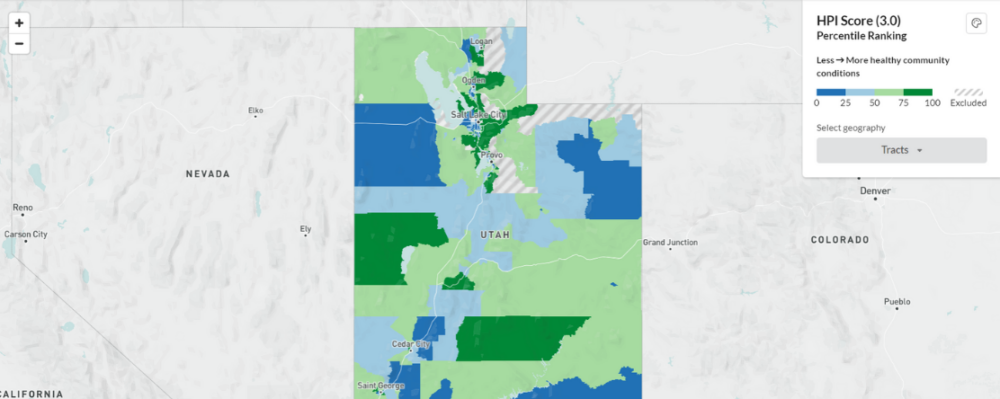
Embedding Equity into Emergency Operations: Strategies for Local Health Departments During COVID-19 & Beyond
-
Focus Areas
Capacity Building & Leadership -
Programs
Public Health Alliance of Southern California -
Strategic Initiatives
COVID-19

COVID-19 is compounding the impacts of underlying inequities that have negatively impacted our communities for centuries. Black, Latinx, Indigenous, and Native Hawaiian and Pacific Islander families are disproportionately at risk of infection and death from the virus. They are also frequently on the front lines of exposure as essential workers. Communities of color face additional barriers resulting from historic discrimination, segregation, and structural racism.
The continued inequitable impacts of COVID-19, along with the arrival of fire season, remind us that California must be prepared to protect those most at risk from public health disasters. To do so, California jurisdictions must operationalize equity into their emergency response structures—both during COVID-19 and beyond.
Released by PHI’s Public Health Alliance of Southern California and Bay Area Regional Health Inequities Initiative (BARHII), Embedding Equity into Emergency Operations: Strategies for Local Health Departments During COVID-19 & Beyond outlines case studies, resources, and priority recommendations that counties and cities can take to explicitly and intentionally embed equity staff and practices into their emergency operations structures and throughout the public health emergency response and recovery process.
Recommendations Policy & Process for Embedding Equity into Emergency Response
These recommendations were developed in collaboration with equity staff responding to COVID-19 in California and across the country. While there is no one universal model for embedding equity into emergency response, these recommendations can serve as guiding principles for an effective and holistic approach.
- Create Core Equity Unit with Dedicated Equity Staff Roles
in EOC - Provide Equity Training and Capacity Building Before and After Emergency Response Activation
- Identify and Deploy Institutional Equity Champions for Political Mobilization
- Build and Activate Community Partnerships for Responsive Equity Solutions
- Integrate Equity into the Recovery Planning and Implementation Process
Work With Us
You change the world. We do the rest. Explore fiscal sponsorship at PHI.
Support Us
Together, we can accelerate our response to public health’s most critical issues.
Find Employment
Begin your career at the Public Health Institute.


